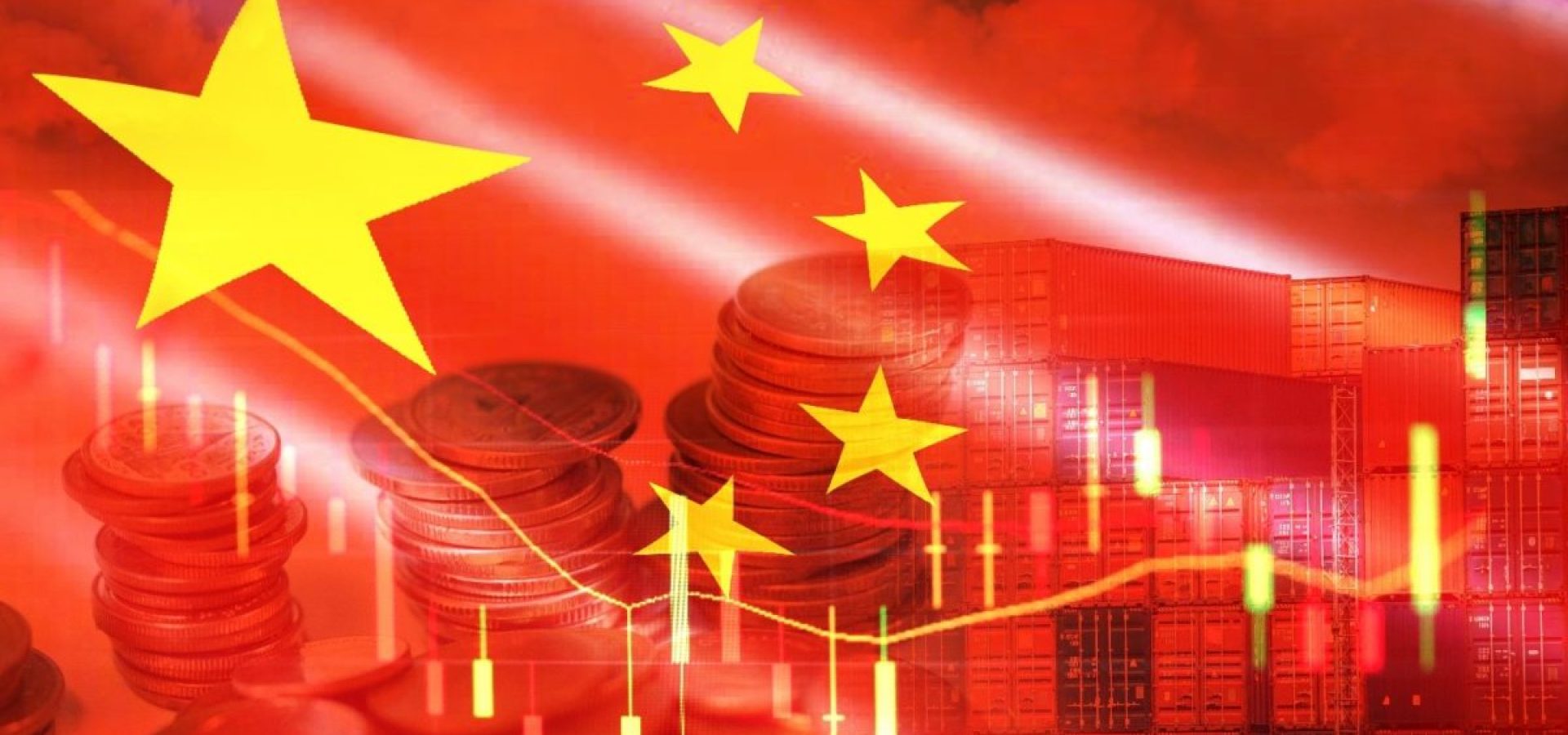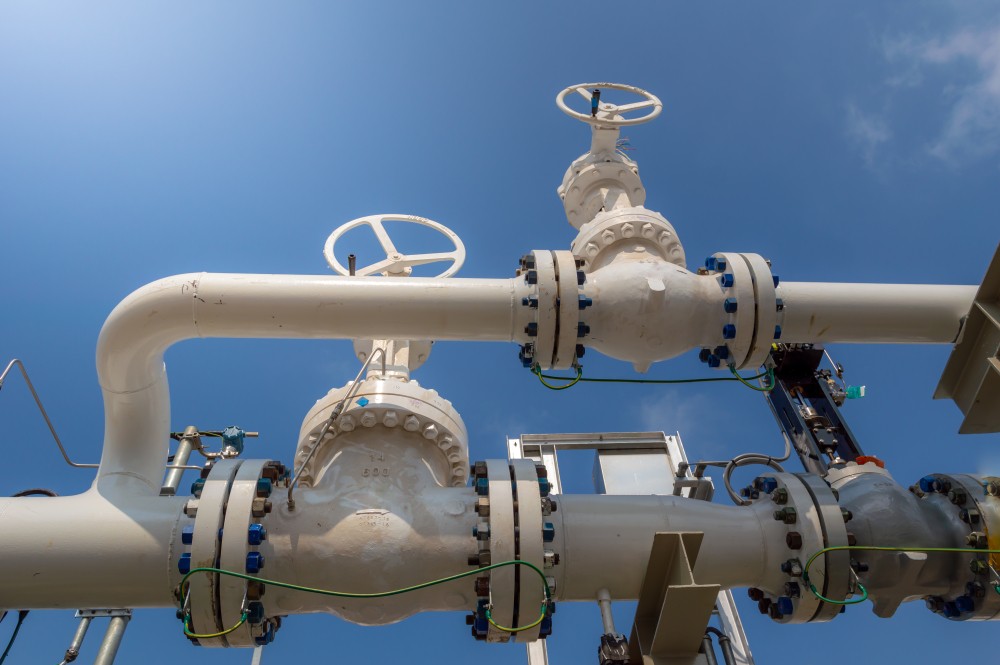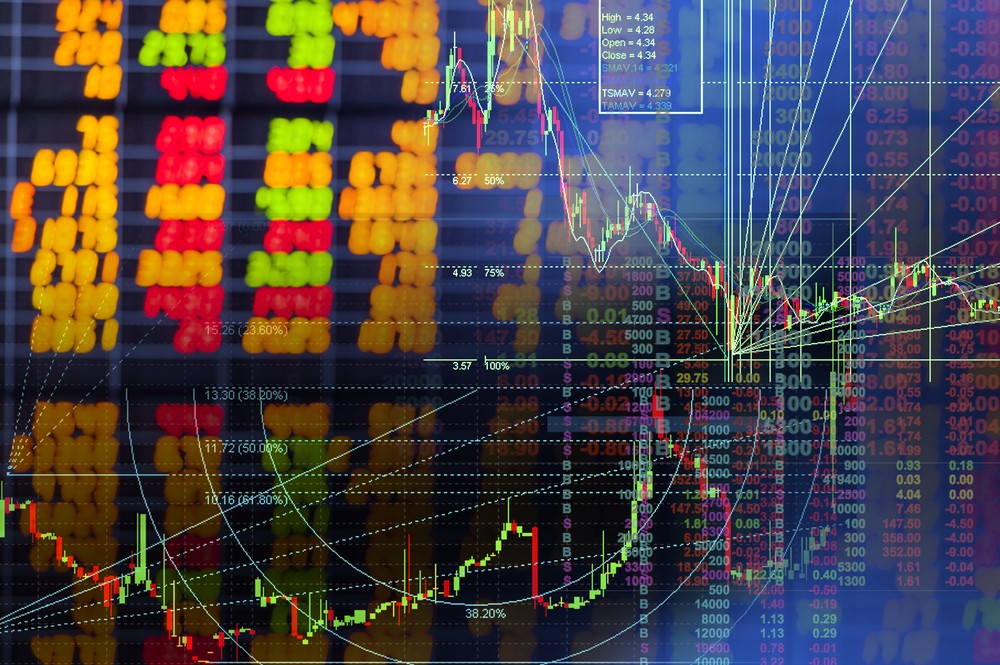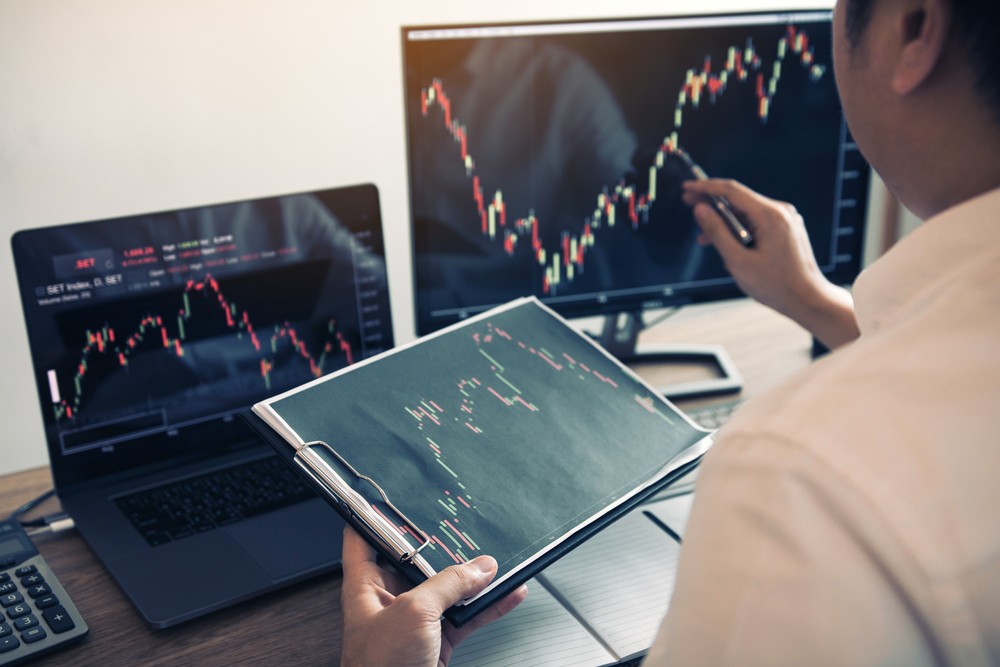As we know, investors around the world fret over inflation. However, analysts say that China’s central bank faces more problems than increasing prices to worry about.
Central banks worldwide have kept monetary policies easy and interest rates lower in a bid in order to support growth in the wake of the COVID-19 pandemic last year. The Asian giant is no exception.
As consumer and producer prices soar, investors are on edge as they try to discern if central banks will be lifting interest rates.
However, the People’s Bank of China and economists are not as worried about inflation or expecting much monetary policy change as the country faces more pressing risks.
The PBOC announced that smaller, privately run businesses still face difficulties, and ensuring employment remains a great challenge.
The central bank also remarked that increasing inflation in major economies has boosted the pressure of currency depreciation and capital flows for some emerging economies.
According to data, U.S. consumer prices recorded their fastest increase since September 2008, at 4.2% in April, and producer prices increased 6.2% in their fastest rise in the PPI’s nearly one-decade history.
China’s factory price inflation could rise further in the second and third quarters
China’s factories slowed their output growth in April, and retail sales significantly missed expectations.
Remarkably, global supply chain bottlenecks and increasing raw materials costs have weighed on production, cooling the blistering economic recovery from last year’s coronavirus drop.
According to the National Bureau of Statistics data, Factory output grew 9.8% in April from a year ago, in line with forecasts but slower than the 14.1% surge in March. Moreover, retail sales surged 17.7%, much weaker than a forecast 24.9% uptick and the 34.2% rise in March.
China’s factory price inflation reached its highest pace since October 2017 in April. According to a report from the central bank, that could rise further in the second and third quarters.









COMMENTS